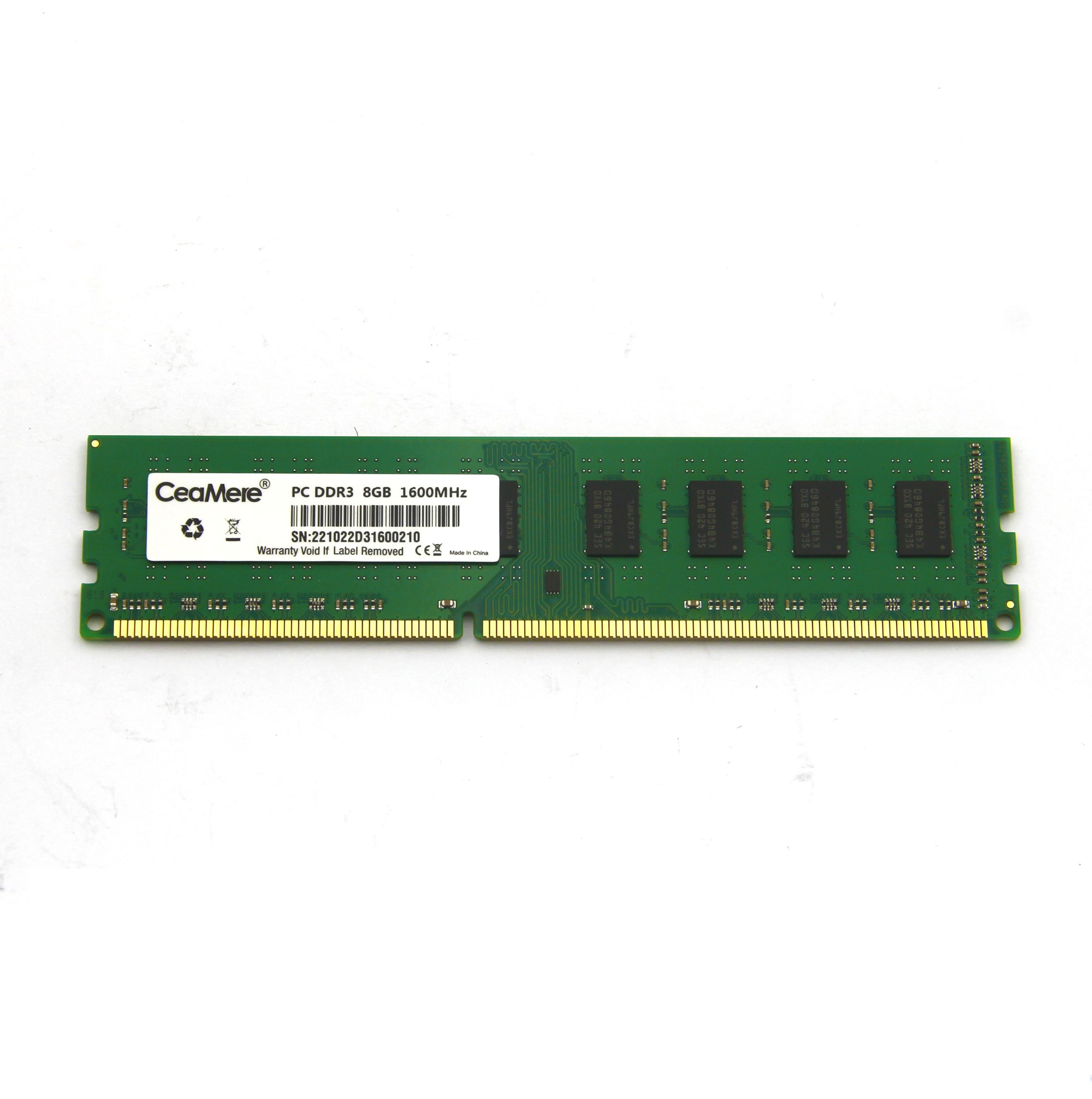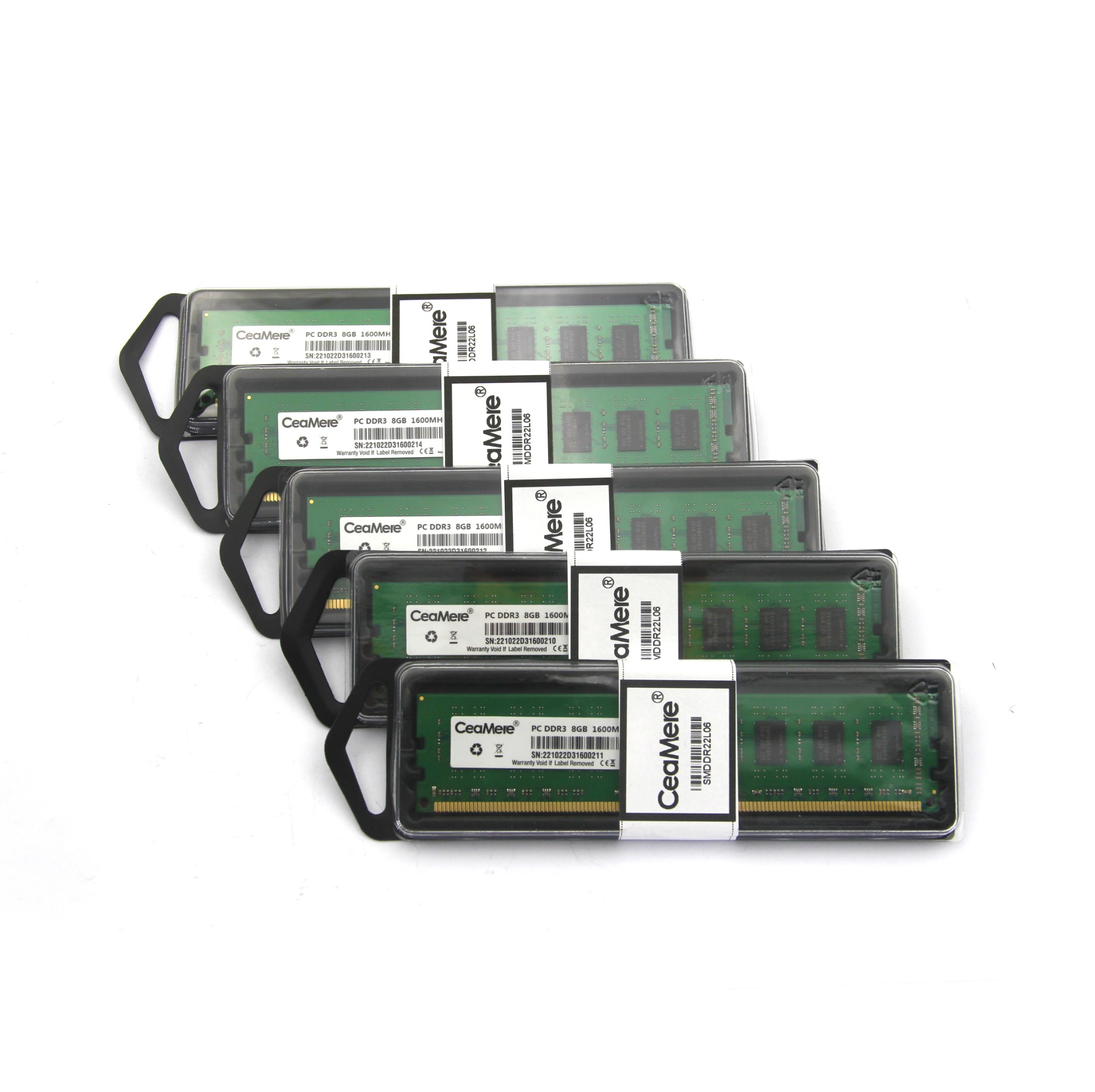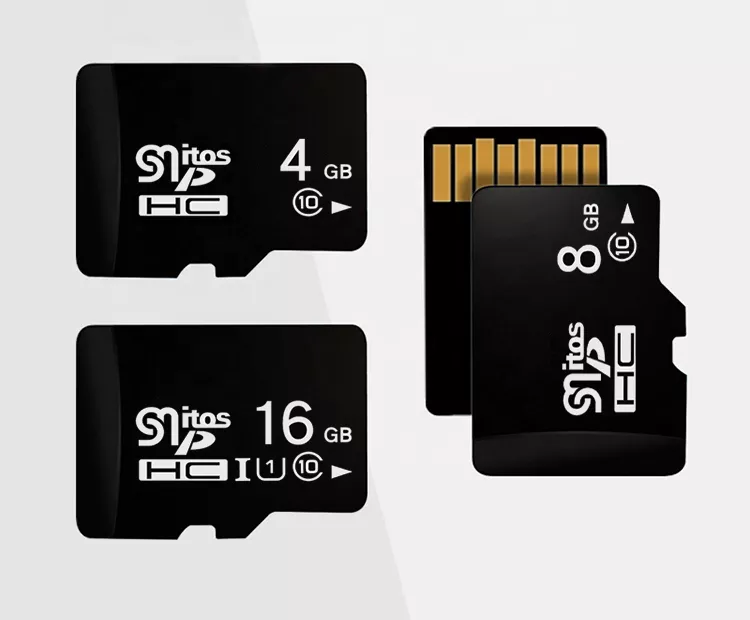
What is a RAM?
Random Access Memory (abbreviated RAM, also known as random access memory) is an internal memory that exchanges data directly with the CPU, usually as a temporary data storage medium for the operating system or other running programs.
The memory can write (store) or read (take out) information from any specified address at any time. The biggest difference between it and ROM is the volatility of the data, that is, once the power is lost, the stored data will be lost.

At first, the memory used by the computer is a piece of IC, we have to weld them to the main board to normal use, once a memory IC is broken, must be welded down to replace, which is too laborious. Later, computer designers invented modular strip memory, each set into a number of memory IC, accordingly, the design of the memory slot on the motherboard, so that the memory can be disassembled at will, since then, memory maintenance and expansion have become very convenient.

Memory is an essential part of computer (PC, MCU). Different from dispensable external memory, memory is a part of bus mode for reading and writing operations. Memory is more than just a data warehouse. In addition to a small number of programs essential in the operating system permanent memory, we usually use programs, such as Windows, Linux and other system software, including typing software, game software and other application software, although a large number of data including program code are placed on tape, disk, CD, mobile disk and other external storage devices, But any data in external memory can only be really used if it is brought into memory. Any input on a computer (from external memory, keyboard, mouse, microphone, scanner, etc.) and any output (display, printing, audio, writing to external memory, etc.) can only be done through memory.

 USB Flash Drive
USB Flash Drive
 Memory Card Application
Memory Card Application